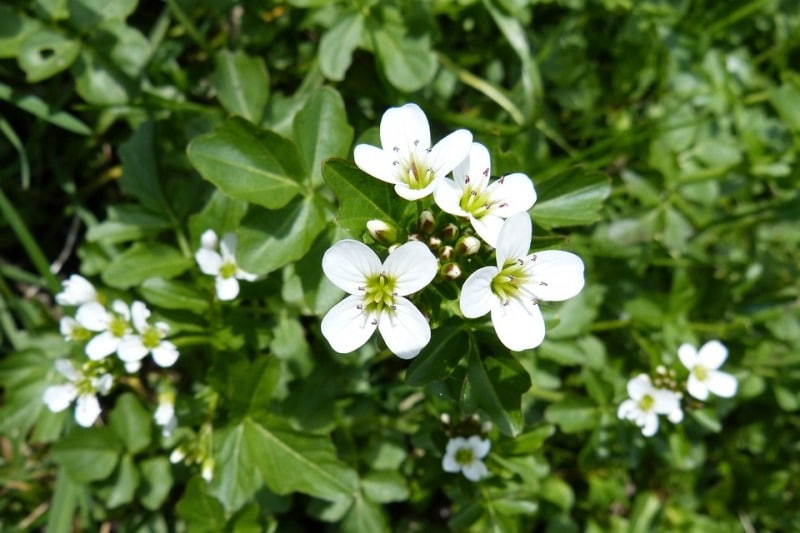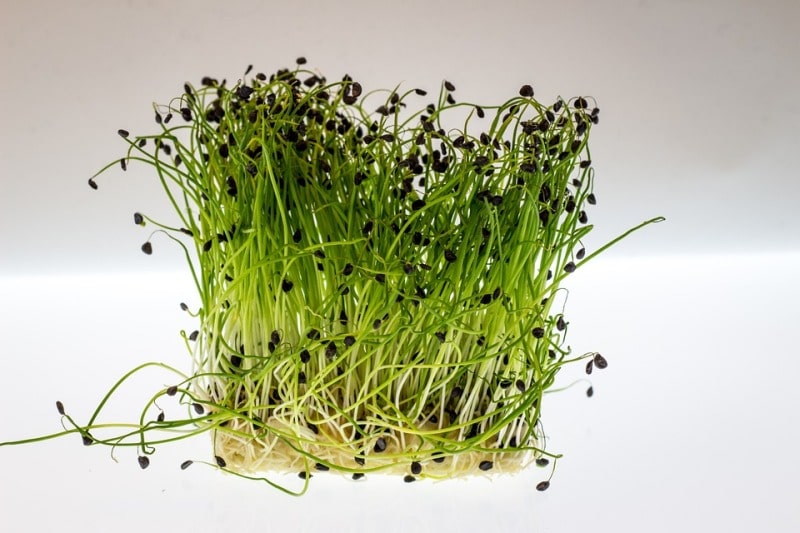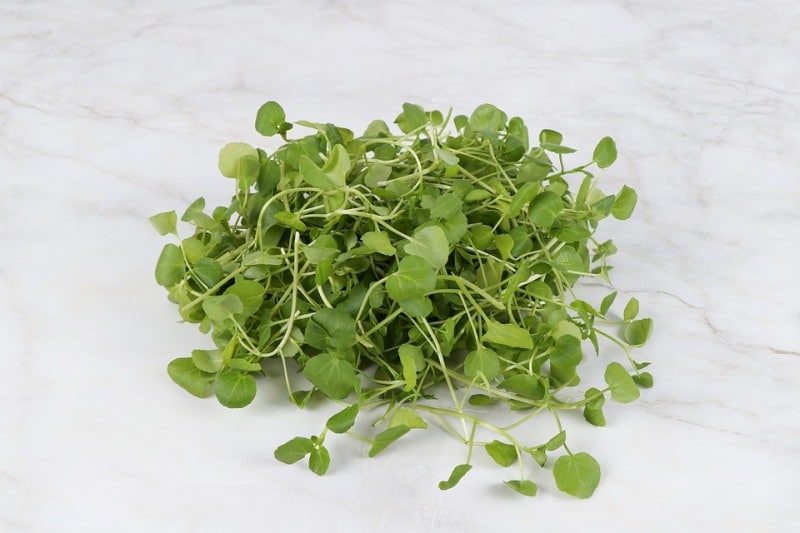Watercress gardening techniques
Today, we learn the topic of techniques, tips, and ideas of watercress gardening in your home garden. Watercress is a small plant that grows in running water like pools. Its green leaves can be used in salads. It is a rapidly growing, aquatic or semi-aquatic perennial plant. It is native to Europe and Asia. One of the oldest known leaf vegetables consumed by humans is Watercress. Garden cress, mustard, radish, and wasabi are similar to watercress and each one is well known for its own flavor.
Growing watercress is too easy and we can also start growing if we can keep the plants in a shaded area and if they have plenty of water. We can make watercress to grow at our home by using some methods like containers, pots, backyards in home gardens. Now let us get into the details of watercress gardening at your home.
How to grow Watercress in the Garden:

Read: How to Grow Broad Beans in Containers.
Planting of watercress:
- Initially, we have to select a good location within our garden where we can start growing watercress. If possible make a small water source (such as a small pond) inside the garden, and there should be constant water supply into it. But if we already have a water feature within our property, then we can start growing watercress there.
- If we don’t have a good water feature, then also we can grow watercress by keeping keep the soil wet consistently. While preparing the soil we have to add some organic contents into the soil for growing watercress.
- Irrespective of season we can watercress can be grown, except the excessively hot and cool temperatures. Usually, they grow well in cool climates.
- Now we have to purchase the seeds. Seeds can be available in gardening supply stores and nurseries. We can order online also. Another way of growing watercress is by using Transplants and cuttings.
- We are using Seeds method here. Spread the tiny seeds over the prepared soil (mixed with organic contents). Keep the soil moist, but not covered with water and the seeds will germinate within a few days most probably within 5 days. Then transplant the seedlings to about 8 inches apart.

Read: How to Grow Bean Sprouts in Your Garden.
For Container and Pot methods also we are going to use the same process. In these methods soil can be taken into containers and Pots, hereafter the same process as mentioned above will be followed. Here the number of plants depends on the size of the container, if we use large containers we will get a number of plants and if we are using small containers we will get fewer numbers of plants.
How to take care of Watercress:
- In the care of watercress maintaining Consistent moisture is the most important concern; after all, water is its milieu. Even though the plant does not have high nutrient requirements, cultivated cress may show signs of iron, potassium or phosphorus deficiencies. To overcome these issues a complete soluble fertilizer should be applied at the recommended rate.
- In the garden, make the area around the plants free from weeds and mulch to aid in water retention. Snails like watercress and should be removed by hand or trapped. Whiteflies also like the watercress plant and can be controlled with soapy water or insecticidal soap.
- The main cause of leaf discoloration and general deterioration of the plant are Spider mites. With the help of Natural predators such as lady beetles, predatory mites we can control these pests.
- The water garden will produce the most watercress if we allow it several hours of morning sun every day. Allow for afternoon shade also.
Harvesting of Watercress:

Read: Best Hydroponic Plants for Indoor Gardening.
- Watercress’s flavor is best during the cool months of the year. Once the plant blossoms, the flavor is compromised. Watercress harvesting can begin about three weeks after emergence.
- Cutting or pruning the plants will make them be thicker and lush. Cut every plant to a height of about 4 inches. Wash the cuttings thoroughly and store them in a plastic bag If we don’t have a plastic bag, we might use a restaurant fish box, at home, you could use something like a, shallow, thin, plastic tub, like a Rubbermaid brand. Then store them in the refrigerator for as long as one week.
- Harvesting can continue throughout the year, adding a boost of vitamins A and C, along with niacin, ascorbic acid, thiamine, riboflavin and iron to our salad or an added zing to compound butter or sauces.
Health benefits of Watercress:
- Scientific research says that the leaves of wild watercress are very high in antioxidants, like chlorophyll and carotenoid pigments, as well as various phenolic substances.
- Watercress has large amounts of beta-carotene, zeaxanthin, and lutein, which will help to lower the risk of eye diseases such as age-related macular degeneration and cataracts.
- Watercress consumption can additionally offer shielding effects against radiation and excessive UV light exposure.
- Packed with Nutrients, Particularly Vitamin K, a fat-soluble vitamin necessary for blood clotting and healthy bones. And also this Vitamin protects from Osteoporosis.
- It contains high Antioxidant content so may lower the Risk of Chronic Diseases.
- Watercress can be used to stay away from heart disease, lower Cholesterol factors, and weight loss.
- Watercress helps to increase and activates the body’s energy. It fights with toxins and stimulates sexual desire and appetite.
- It can be used to reduce the swelling (inflammation) of the lungs.
- Watercress can be used in the field of Hair treatment to reduce hair loss.
Disadvantages of Watercress:
- In Children Watercress is Unsafe for use as a medicine, especially for 0-4years old children.
- Watercress is UNSAFE in medicinal amounts during pregnancy time. Better to Stay on the safe side and avoid use.
- Should not use watercress if there is any stomach related problems like Ulcer.
- If it is not stored properly, nitrate-containing vegetable juice may accumulate bacteria which convert nitrate to nitrite and contaminate the juice. The high amount of nitrite can be potentially harmful if consumed.
- Don’t use watercress those who have Kidney diseases.
That’s all folks about watercress gardening ideas and tips. Keep gardening.!
Read: Natural Farming Principles, Advantages.